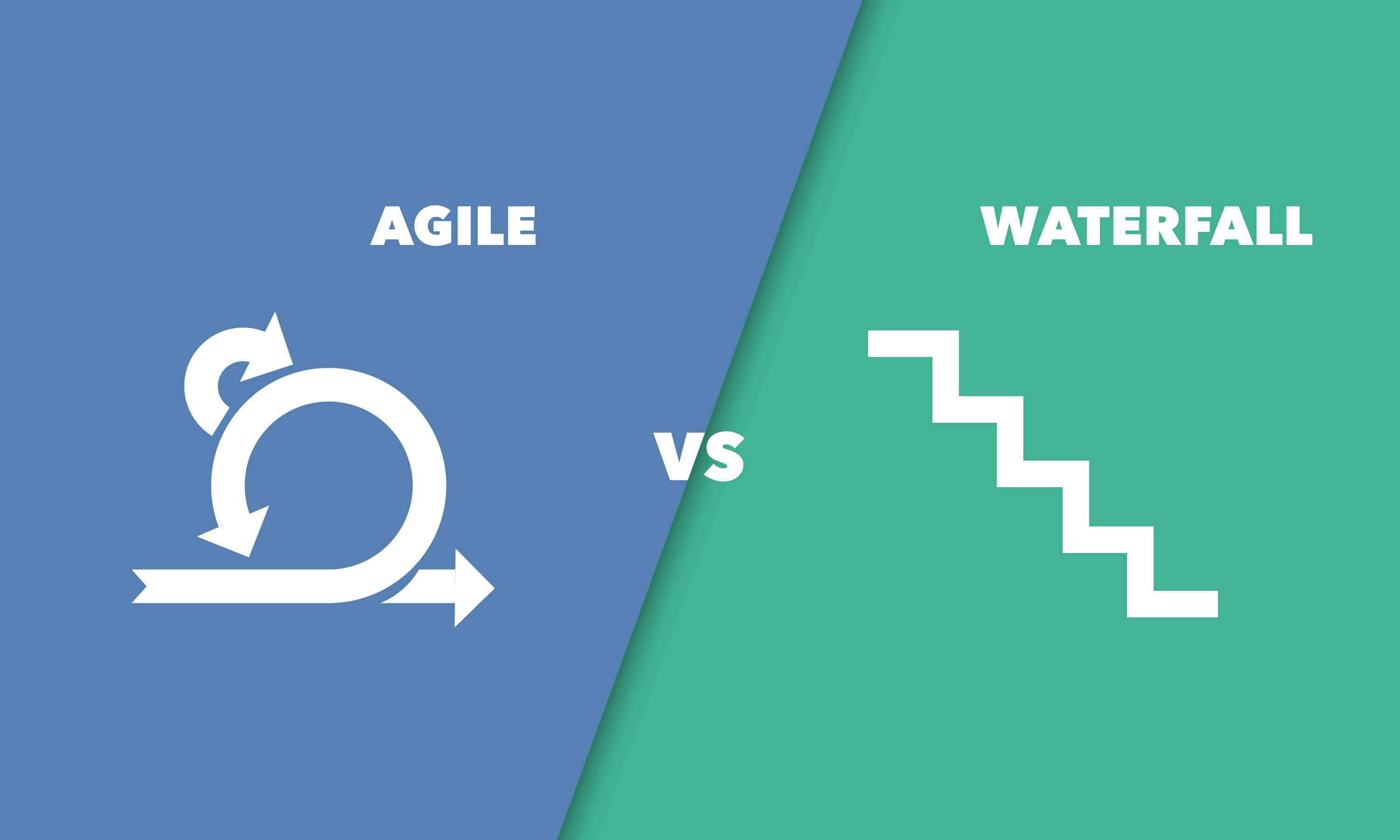
Agile Vs Waterfall
Agile and Waterfall are two different approaches towards project management used in software development. They have distinct approaches to managing projects, and each has its own strengths and weaknesses. Here's a comparison of Agile and Waterfall.
Project Phases and Flexibility
Agile is iterative and flexible. It divides the project into smaller increments called iterations or sprints, allowing for continuous feedback and adaptation throughout the project. It's easy to change project priorities and requirements mid-course.
Requirements and Planning
Agile allows for evolving requirements. Initial requirements are defined, but they can be modified and reprioritized as the project progresses based on customer feedback and changing needs.
Client Involvement
Agile encourages continuous client involvement and feedback throughout the project. Clients can see progress and provide input at the end of each iteration.
Testing and Quality Assurance
Testing is an ongoing process, with testing and quality assurance activities taking place throughout each iteration, resulting in more frequent bug detection and correction.
Risk Management
Agile allows for early risk identification and mitigation due to its iterative nature, which helps address issues as they arise.
Delivery Time
Agile projects can deliver working increments of the product at the end of each iteration, allowing for earlier delivery of some functionality.
Documentation
Agile emphasizes working software over extensive documentation, although it still encourages sufficient documentation to support ongoing development and maintenance.
Team Collaboration
Agile promotes cross-functional teams that work closely together throughout the project, fostering collaboration and knowledge sharing.
Project Phases and Flexibility
Waterfall is a sequential and linear approach. It divides the project into distinct phases (requirements, design, implementation, testing, deployment, maintenance), and each phase must be completed before moving on to the next. It's inflexible once a phase is started.
Requirements and Planning
In Waterfall, all requirements are gathered and defined at the beginning of the project, and changes to requirements are typically discouraged or expensive to implement after the project has started.
Client Involvement
Client involvement is usually limited to the requirements gathering and final delivery phases. Clients may not see the product until it's complete.
Testing and Quality Assurance
Testing occurs at the end of the project after development is complete. This can lead to late detection of issues.
Risk Management
Waterfall tends to have higher project risk because issues may not be identified until the testing phase, making corrections costly and time-consuming.
Delivery Time
Waterfall projects often have longer delivery times, as all phases must be completed before the final product is delivered.
Documentation
Waterfall typically requires comprehensive documentation at each phase of the project.
Team Collaboration
Waterfall often involves less collaboration between team members, as each phase has its own specialized team.
